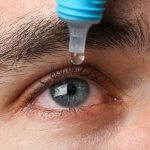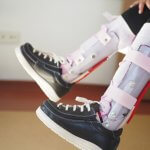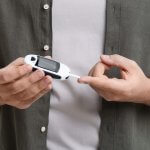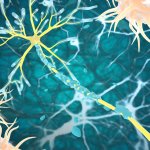Here we take a look at Diamond-Blackfan Anaemia, a rare haematological disorder, also known as DBA.
What is Diamond Blackfan Anaemia?
DBA is the result of the body’s bone marrow not making enough red blood cells; red blood cells are the cells in blood which are responsible for carrying oxygen around the body [1].
What are the symptoms of Diamond Blackfan Anaemia?
The symptoms of DBA are shared with other kinds of anaemia and include; pale skin, sleepiness, rapid heartbeat, and heart murmurs. In many cases there are no physical signs of DBA, however, in approximately 25% of cases abnormal features may be present which could affect the face, head and hands, particularly the thumbs [1].
How rare is Diamond Blackfan Anaemia?
Fortunately DBA is incredibly rare, affecting just 125 people in the UK and less than 1000 people world-wide [2]. DBA is usually diagnosed in the first year of life and affects both boys and girls equally, occurring across all ethnicities [1].
How rare is Diamond Blackfan Anaemia genetic?
DBA is a genetic disorder; in about half of families studied, only one person in the family has DBA. The children of those with DBA have a 50% chance of inheriting the condition with symptoms varying in severity [1]. In families where DBA has been diagnosed, genetic counselling may be available to determine the risk to future children.
What are the treatment options for Diamond Blackfan Anaemia?
The treatment of DBA varies. Common treatments for very low blood counts in DBA patients include blood transfusions and corticosteroids. In some patients a stem cell transplant may be considered [1]. Stem cells used in the treatment of DBA may be sourced from bone marrow or cord blood. Cord blood banking for families affected by Diamond-Blackfan Anaemia could increase the chances of a stem cell match being found for loved ones.
[1] http://dbafoundation.org/learn-more/faqs/
[2] http://diamondblackfan.org.uk/wordpress/wp-content/uploads/2010/09/DBA-UK-Leaflet-2012.pdf
Request a Welcome Pack
Find out more about cord blood banking by downloading a Welcome Pack now.








